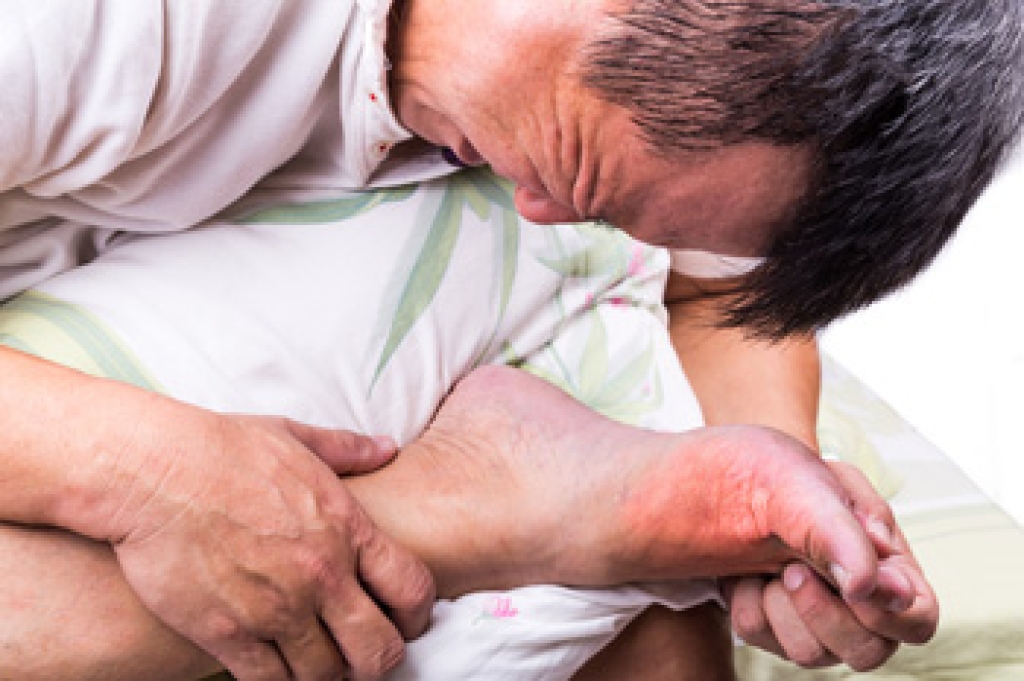 Patients who have bunions may notice their daily activities can be interrupted as a result of the pain and discomfort they may cause. It appears as a bony protrusion on the side of the big toe, and it may make it difficult to wear shoes. A bunion can gradually form from genetic factors, or from wearing shoes that do not fit correctly. Patients have found mild relief when a protective pad is worn on top of the bunion, in addition to soaking the affected foot in warm water. If the bunion is prominent, surgery may be an option which is referred to as a bunionectomy. There are toe exercises that can be performed which can be helpful in strengthening the overall foot. If you notice the beginning signs of a bunion, it is suggested that you speak with a podiatrist who can guide you toward the correct treatment technique.
Patients who have bunions may notice their daily activities can be interrupted as a result of the pain and discomfort they may cause. It appears as a bony protrusion on the side of the big toe, and it may make it difficult to wear shoes. A bunion can gradually form from genetic factors, or from wearing shoes that do not fit correctly. Patients have found mild relief when a protective pad is worn on top of the bunion, in addition to soaking the affected foot in warm water. If the bunion is prominent, surgery may be an option which is referred to as a bunionectomy. There are toe exercises that can be performed which can be helpful in strengthening the overall foot. If you notice the beginning signs of a bunion, it is suggested that you speak with a podiatrist who can guide you toward the correct treatment technique.
If you are suffering from bunion pain, contact one of our podiatrists of Community Foot Specialists. Our doctors can provide the care you need to keep you pain-free and on your feet.
What Is a Bunion?
Bunions are painful bony bumps that usually develop on the inside of the foot at the joint of the big toe. As the deformity increases over time, it may become painful to walk and wear shoes. Women are more likely to exacerbate existing bunions since they often wear tight, narrow shoes that shift their toes together. Bunion pain can be relieved by wearing wider shoes with enough room for the toes.
Causes
- Genetics – some people inherit feet that are more prone to bunion development
- Inflammatory Conditions - rheumatoid arthritis and polio may cause bunion development
Symptoms
- Redness and inflammation
- Pain and tenderness
- Callus or corns on the bump
- Restricted motion in the big toe
In order to diagnose your bunion, your podiatrist may ask about your medical history, symptoms, and general health. Your doctor might also order an x-ray to take a closer look at your feet. Nonsurgical treatment options include orthotics, padding, icing, changes in footwear, and medication. If nonsurgical treatments don’t alleviate your bunion pain, surgery may be necessary.
If you have any questions, please feel free to contact our offices located in Beavercreek, Dayton, and Vandalia, OH . We offer the newest diagnostic and treatment technologies for all your foot care needs.




